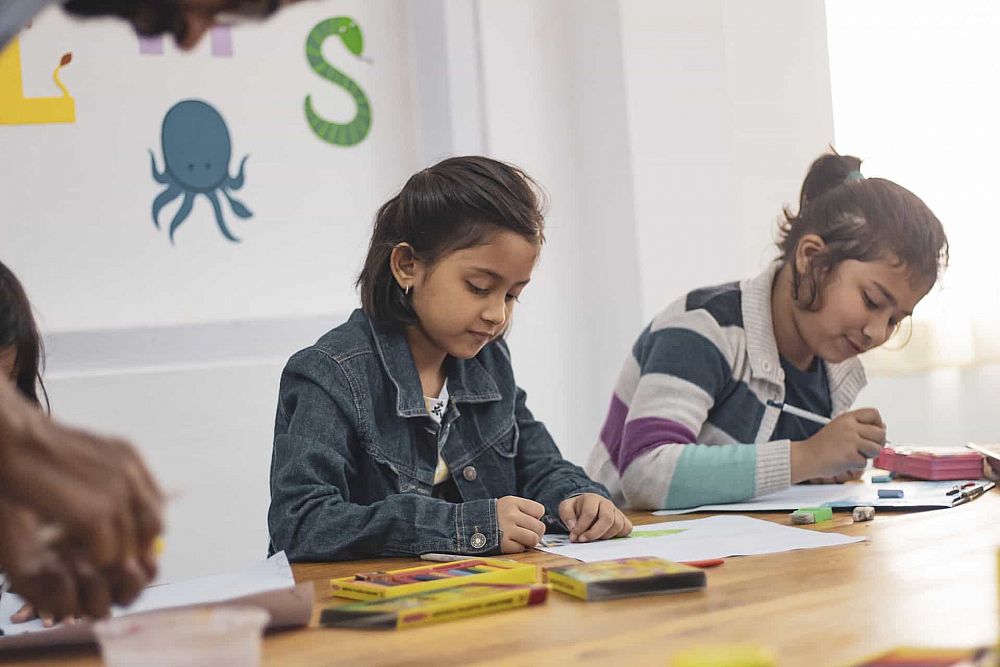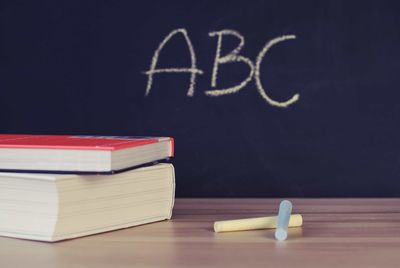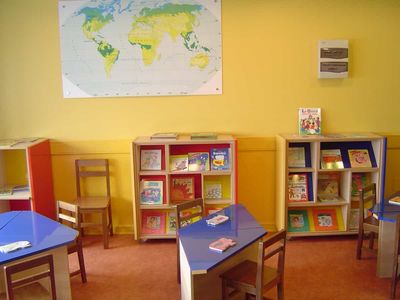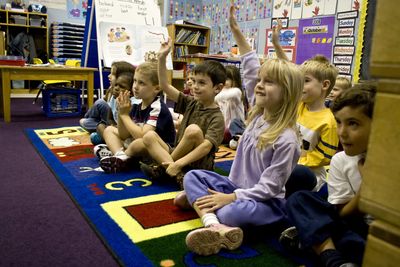3 Key Points to Consider When Teaching English to Young Learners

Teaching English to young learners is quite different from teaching English to adults in many ways. One of the differences is that young learners do not learn the language in a conscious process, mostly they acquire the language. For young learners, it can be said that it is easier for them to acquire and learn English as long as they are exposed to the language. Since learning languages differs from age to age, teaching styles and strategies also change accordingly. As English teachers, we have different approaches, methods, techniques, and tools which gravitate towards different needs and levels of young learners. So, as English teachers, we should address those needs.
Table of Contents
Are you ready to start teaching English to Young Learners?
This post was written by our TEFL certification graduate Tulay C.
1. Teaching Methodologies
First of all, to teach a child, we should adopt an approach so that we can design our syllabus and arrange our lessons going forward. In my opinion, the communicative approach is more suitable for children than other approaches. We should use English as much as we can in the classroom and help them acquire the language by using drills and repetitions. Also, since they are children and they are kinesthetic learners, we should also include TPR (Total Physical Response) in our lessons and we should choose short activities for them since their attention spans are short. Moreover, while teaching the language and speaking, we should consider the context. They should be familiar with the context from their everyday lives to help them make connections and we should always use the language in a meaningful context.

For all you need to know about teaching younger students, check out our 50-hour course in teaching English to young learners (CTEYL).
2. Classroom Environment
Another thing to consider while teaching young learners is setting the learning environment for the students. By that, it is implied both the physical environment and the classroom atmosphere. The physical environment should be flexible and easy to change according to children's needs and their personality (hyperactive, calm etc.). As teachers, we should observe our students and place them in the right situations in the class and with the right groups of students where they can express themselves and be comfortable. Personally, I prefer the semi-circular chair arrangement since it is more suitable for the communicative class. Also, this arrangement helps students to move around easily and since they are young learners they often cannot sit on their chair for long periods of time. Moreover, the classroom environment should be lively, energetic and welcoming for the students. We should always make our students feel comfortable in the class.

Also read: Getting Student Placement Right - The Best Desk Arrangements for EFL Students
3. Teaching Materials
Lastly, it is important to mention the subject of appropriate materials for young learners. Usually, there are two types of materials, authentic and non-authentic. We can use both of these according to our learners' needs. Personally, I don't stick to one type of material, I arrange it according to the needs and level of the class and the specific topic. There are certainly situations where we should use non-authentic materials which are designed for the exact needs of the learners. Often these are songs and chants. We can use these types of non-authentic materials to help students memorize vocabularies and patterns. According to my experience, kids learn by song faster as they memorize it automatically and it helps with their pronunciation.
Another useful teaching method is using games. Since they are young learners and full of energy we can easily design simple games to help their learning. For instance, we can play a hopscotch game with fruit flashcards where the students jump and say the name of the fruits on the cards. They already know the game and they are also practicing the vocabularies. To continue, we can add to our teachings by using arts and crafts. We can link fun drawing, coloring, cutting, sticking or painting activities to our lessons. For example, we can simply give them a paper plate and have them draw foods and then talk about the foods on their plate.

Also read: Top Online Lesson Plan Resources for New and Advanced Teachers
To sum up, there are a variety of things we should consider while teaching young learners and many situations we can be prepared for. However, you will also find that there are some things that we can only learn by experience.
Are you ready to start teaching English to Young Learners?
Apply now & get certified to teach english abroad!
Speak with an ITTT advisor today to put together your personal plan for teaching English abroad.
Send us an email or call us toll-free at 1-800-490-0531 to speak with an ITTT advisor today.
Listen to this blog post
Related Articles:
- Why You Should Take Specialized TEFL Courses
- 10 Tips When Teaching English as a Foreign Language to Children
- 10 Pieces of Advice Every New TEFL Teacher Needs to Know
- What's Stopping You from Teaching English Abroad?
- Teaching English Abroad: What's Next? - How To Advance In Your EFL Career
- Top Tips for Taking an Online TEFL Course



